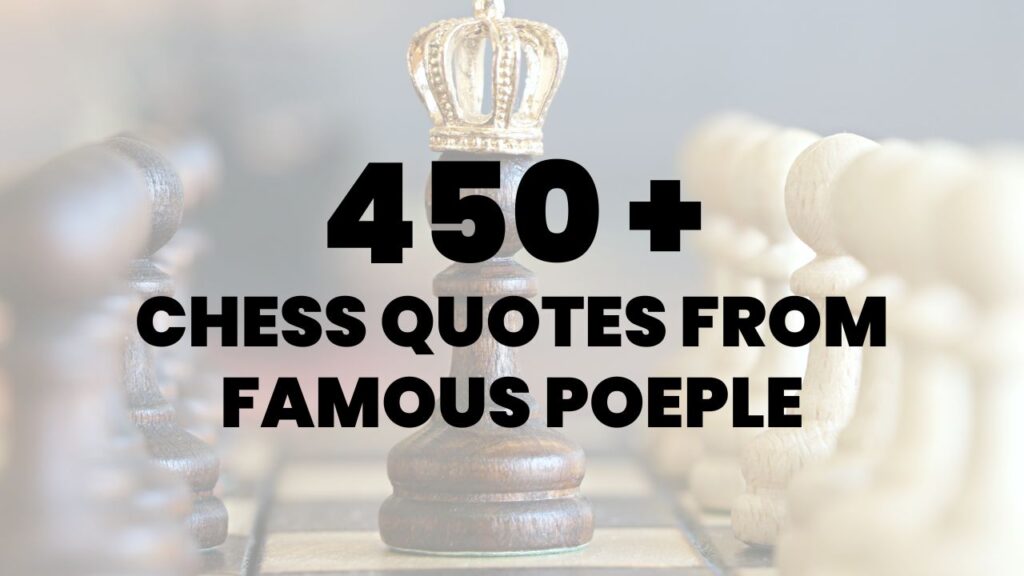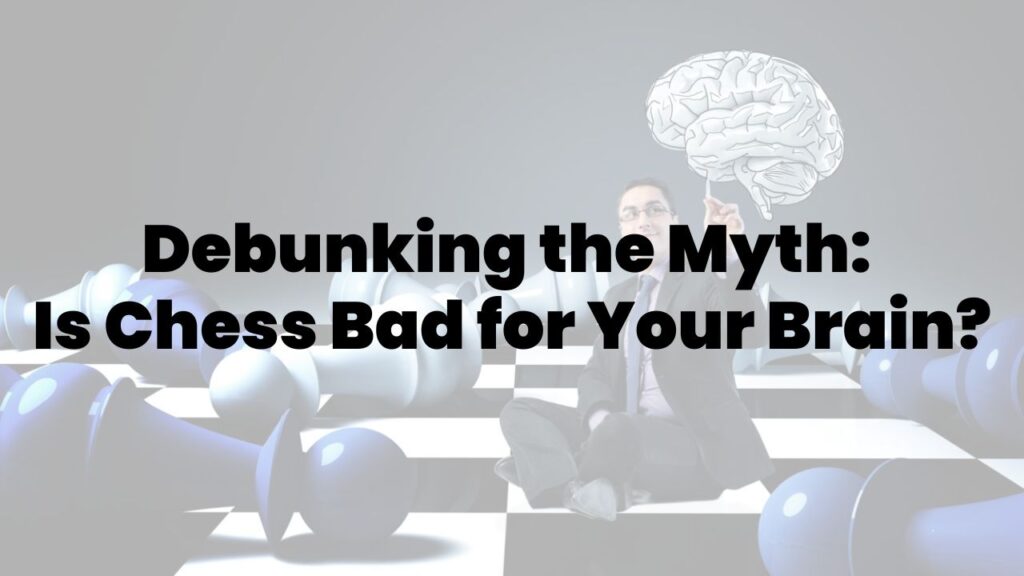The 10 Most Important Moments In Chess History

There is arguably no other game with the timeless staying power and global reach of chess.
Unlike most of the other games and sports played today by millions around the world,
chess has a history that spans millennia. While chess has changed a lot since its invention,
the basics of the game have remained recognizable throughout its long lifetime.
From its ancient origins, chess has evolved to appeal to modern players of all cultures and ages.
Take a look at the 10 most important moments in chess history.
10. Chess is born: 600 AD

Around 600 AD, the Arabic game shatranj developed from the Indian game chaturanga,
becoming the first game identifiable as chess.
9. The powerful Queen: 1450

The powerful queen concept was introduced in the XV century
To make the game faster and more enjoyable, the queen to move as far as she could –
in any direction, diagonally, vertically, or horizontally – combining the movements of the bishop and the rook.
8. First Informal Chess Tournament: 1575

The first formal chess tournament was organized in 1851 and witnessed the “Immortal game“
The first informal international chess tournament took place when the Italians Leonardo da Cutri and Paolo Boi travelled to the court of Philip II in Madrid to play Ruy Lopez and Alfonso Ceron of Spain. Ruy Lopez had already beaten both of them in several earlier games, and it seemed like an easy victory for the Spanish after they won the first two games. The Italians, though, won the next three in a row to secure victory in the world’s first chess tournament.
7. The Mechanical Turk: 1770

In 1770, the Hungarian inventor Wolfgang von Kempelen unveiled the Mechanical Turk, an automatic chess-playing “machine”
that entertained and bewildered audiences by defeating strong human opponents.
Originally designed by von Kempelen to impress an Austrian empress, the Turk had cabinets that could be opened to reveal an impressive array of gears and cogs, ostensibly to power the mechanical chess mind. In the 84 years that the Turk wowed audiences in Europe and the Americas, the Turk beat nearly all its challengers. Famous statesmen Napoleon Bonaparte and Benjamin Franklin were among the humans defeated by the mysterious machine. The machine was controlled by a concealed human chess player who moved the pieces with magnets. Several strong chess masters had hidden inside the Turk through the decades it was in operation.
6. The Staunton Pieces: 1849

Howard Staunton, from a really strong player, to chess pieces creator.
The Englishman Howard Staunton was arguably the strongest player in the world from 1843 to 1851. Staunton, a passionate chess promoter, advocated a specific style of chess pieces. These pieces were enjoyable to play with due to their easy piece recognition, stable bases, and pleasing design. These pieces came to be called the “Staunton” style, which is now the official design of chess pieces used around the world
5. It’s About Time: 1861

Chess games in the early 1800s sometimes lasted more than 14 hours!
There were no time limits, and losing players would try to tire out their opponents.
In 1861, the first chess timers were introduced using sand hourglasses with three hours of sand each. Those evolved later into “tumbling” chess clocks (patented in 1884), where one clock would start when the other stopped. The first electronic clocks weren’t introduced until 1964. More accurate clocks led to faster time controls thus making the game more entertaining for the audience.
4. First World Champion: 1886

The Austrian-American chess player William Steinitz became the first official world chess champion in 1886 when he defeated Johannes Zukertort in a match for the undisputed championship.
Steinitz’s biggest contribution to chess, was his advancement of the game’s strategic understanding. Before the rise of Steinitz, chess was played in a romantic, hopeful, and daring style full of reckless attacks. Before his match with Zukertort, Steinitz unveiled a more positional style of chess, with a focus on pawn structure, the active bishop pair, and knight outposts. His attacks were only launched after careful preparation. These ideas earned Steinitz the nickname “the father of modern chess.”
3. Fischer and Kasparov: 1972 and 1985

Bobby Fischer against Boris Spassky in their world chess championship match.
Six months after he turned 15, Fischer was a grandmaster, setting the record at the time for youngest GM ever. In 1972, when he defeated Boris Spassky and the Soviet chess champion to win the world championship in what is still considered the most famous chess event ever

After Bobby Fischer disappeared in 1975, chess lacked a superstar until the charismatic Garry Kasparov appeared on the world chess stage 10 years later.
Kasparov became the youngest world champion ever at age 22 after defeating Anatoly Karpov, and remained the undisputed strongest chess player for nearly 22 years. His peak rating of 2851 stood as the highest in history until it was surpassed by the current world champion Magnus Carlsen in 2013.
Kasparov enjoyed widespread fame as the face of chess for decades before retiring in 2005.
Fischer and Kasparov are almost universally considered two of the strongest and most famous world champions of all time.
2. Computers Win: 1997

IBM shocked the world defeating for the first time, the World Chess Champion, Garry Kasparov.
In 1989, World Champion Garry Kasparov defeated IBM’s “Deep Thought” computer in a 6-game match. The next version, “Deep Blue,” also lost to Kasparov in 1996.
But in the 1997 rematch, Deep Blue, then capable of evaluating 200 million chess positions per second, defeated Kasparov by a score of 3.5 to 2.5.
1. The Magnus Era: 2013

Welcome to the era of Magnus Carlsen, the Norwegian superstar.
Magnus Carlsen became a grandmaster at age thirteen. In 2013, Carlsen defeated GM Viswanathan Anand to win the world chess championship.
Carlsen has been the top-ranked chess player in the world since he was a teenager due to his well-rounded game, with his knowledge of openings, sharp tactical play, deep positional understanding, precise endgame calculation, and an amazing ability to defend in inferior positions.



